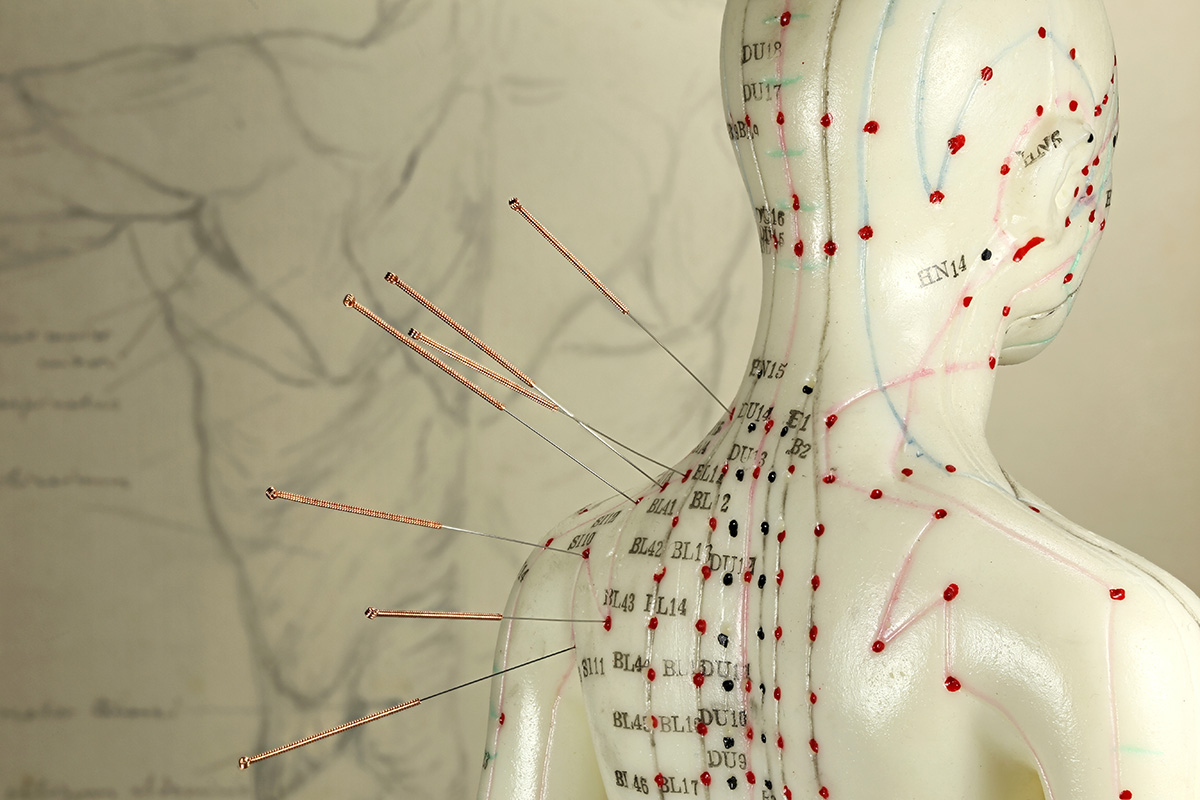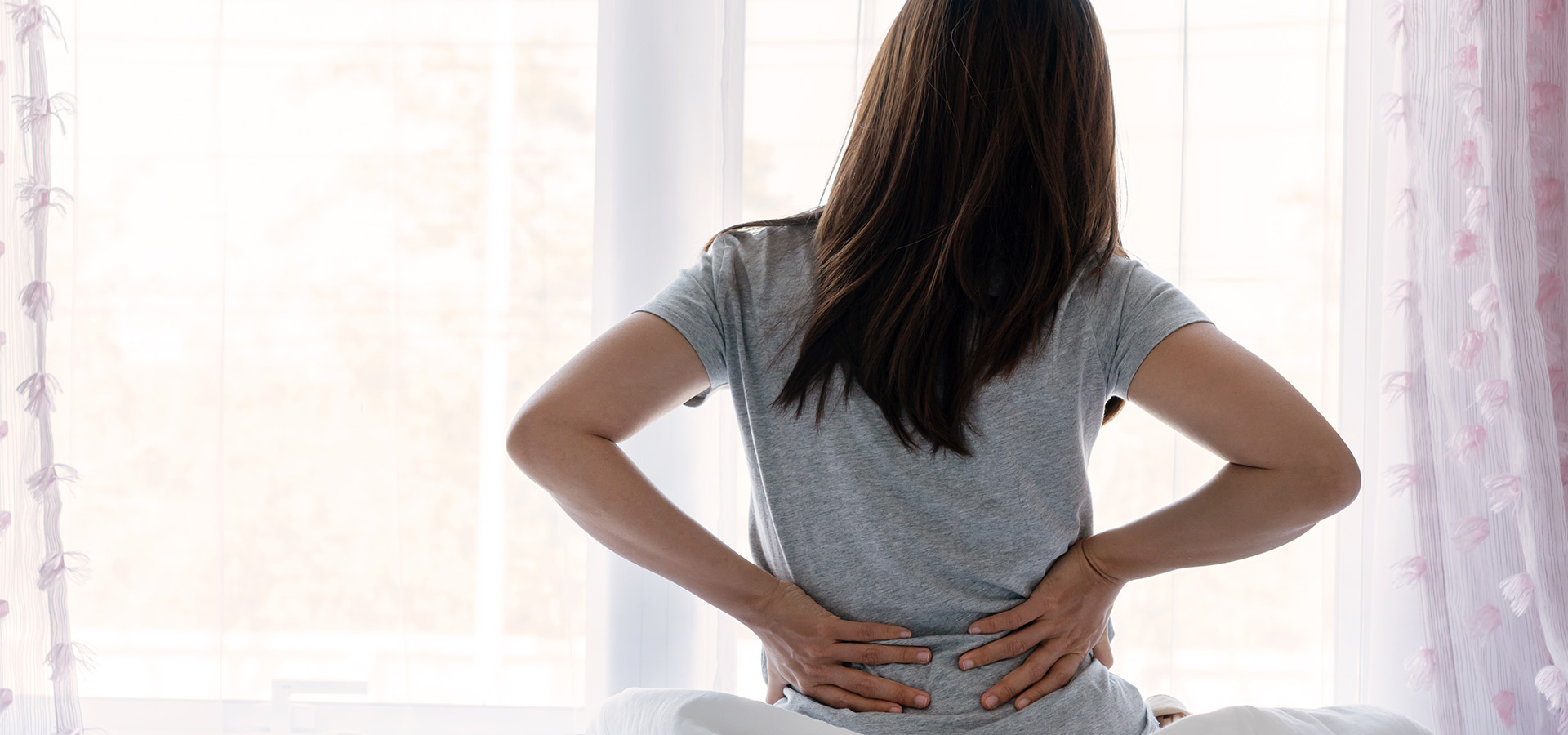Low back pain is an all-too-common complaint, whether from long hours at a desk, the demands of daily life, or underlying imbalances in the body. From a Traditional Chinese Medicine (TCM) perspective, back pain is often a sign of underlying imbalances, whether due to energy stagnation, kidney deficiency, or poor posture habits. At Tao to Wellness, we believe in gentle, mindful movement as a powerful tool for restoring balance and relieving discomfort. In this guide, we’ll explore the best stretches for low back pain and take inspiration from nature’s greatest stretchers—animals!
Why Does Low Back Pain Occur?
While acute injuries can certainly lead to back pain, chronic discomfort is often the result of ongoing habits and underlying health conditions. According to the Mayo Clinic, common contributors to low back pain include:
Prolonged Computer Use: Sitting for extended periods without proper posture can place excessive strain on the lower back.
Poor Arch Support: Wearing unsupportive shoes can affect alignment, leading to stress in the lower back.
Kidney and Urinary Conditions: In TCM, the lower back is closely linked to the kidney system, which governs vitality and fluid balance in the body. Kidney Qi deficiency or urinary disorders may contribute to weakness and discomfort in the lower back region.
Abdominal Weakness and Digestive Imbalances: Weak abdominal muscles can fail to support the spine adequately, while digestive stagnation or bloating can create tension in the lower back.
Stress and Emotional Holding: Anxiety and emotional strain can cause the muscles in the back to tighten, leading to chronic pain.

Lower back pain can also stem from various medical and lifestyle factors. Common causes include arthritis of the spine, where joint degeneration leads to stiffness and discomfort, and herniated discs, which press on nerves and cause radiating pain. Muscle strains from improper lifting or sudden movements are also frequent culprits. Other factors such as obesity, smoking, and osteoporosis can weaken spinal structures, making pain more likely. By addressing these contributing factors, we can take a more holistic approach to both preventing and relieving back pain. (Hopkins Medicine)
The Connection Between Qi, Yin, and Yang in Low Back Pain
In TCM, the lower back is closely linked to the Kidney system, which governs our energy reserves and overall vitality. When Kidney Qi is depleted—whether due to stress, overwork, or poor posture—it can lead to stiffness and discomfort in the lower back. Additionally, stagnation of Liver Qi, which affects the flow of energy throughout the body, can contribute to tightness and pain. Stretching helps move this stuck energy, allowing the body to regain balance and harmony.
Nature’s Best Stretches: Inspired by Animals
Observing how animals instinctively stretch can offer profound insights into the movements that benefit our bodies. Here are some of the best stretches for relieving lower back pain, inspired by our four-legged friends.
Cat-Cow Stretch (Inspired by Cats and Cows)
In TCM, fluid movement is key to keeping the body’s Qi (vital energy) flowing. This gentle spinal flexion and extension mimic the movements of cats stretching after a nap and cows bowing their backs, helping to release tension and increase circulation.
How to Do It:
Start on your hands and knees, aligning wrists under shoulders and knees under hips.
Inhale, arching your back and lifting your head towards the ceiling (Cow Pose).
Exhale, rounding your spine and tucking your chin towards your chest (Cat Pose).
Repeat for 8-10 breaths, moving smoothly with each inhale and exhale.
Downward Dog (Inspired by Dogs)

Ever notice how dogs stretch after waking up? This iconic pose stretches the entire back, lengthens the spine, and gently relieves lower back tension.
How to Do It:
Start in a tabletop position, then lift your hips toward the ceiling, straightening your legs as much as comfortable.
Keep your hands pressing firmly into the ground and allow your heels to lower toward the floor.
Hold for 5-10 deep breaths.
Child’s Pose (Inspired by Small Animals Curling Up to Rest)
This restorative pose helps relax the lower back while gently stretching the spine and hips.
How to Do It:
Start on your knees and sit back onto your heels.
Extend your arms forward and rest your forehead on the floor.
Breathe deeply and allow your lower back to release tension.
Cobra Pose (Inspired by Snakes)
Snakes move fluidly and maintain a strong yet flexible spine. This backbend stretch strengthens the lower back while increasing flexibility.
How to Do It:
Lie on your stomach, placing your hands under your shoulders.
Press into your hands and lift your chest, keeping your elbows slightly bent.
Hold for a few breaths, then lower back down.
Acupressure and Acupuncture: Natural Relief for Lower Back Pain

Acupressure and acupuncture are ancient healing techniques that can provide significant relief for lower back pain by stimulating the body’s natural pain-relief mechanisms. Acupuncture involves the insertion of thin needles into specific points along energy pathways, or meridians, to promote circulation, reduce inflammation, and release endorphins—natural painkillers. Studies have shown that acupuncture can help alleviate chronic back pain by improving muscle relaxation and reducing nerve sensitivity.
Similarly, acupressure applies firm pressure to specific points on the body to relieve tension and improve energy flow. Targeting points such as the lower back, feet, and hands can help reduce muscle stiffness and improve overall mobility. Acupressure can be done professionally or as self-care using techniques like gentle massage or acupressure mats.
Both therapies offer a non-invasive, drug-free approach to managing lower back pain, making them appealing alternatives to traditional pain medications. While results vary by individual, many people experience lasting relief after consistent sessions. When used alongside other healthy habits, such as stretching and proper posture, acupressure and acupuncture can contribute to long-term spinal health and pain management. Always consult a licensed practitioner like the practitioners here at Tao to Wellness, to ensure safe and effective treatment.
Additional Tips for Supporting Low Back Health
Strengthen the Core: Incorporate gentle abdominal exercises to provide better support for the lower back.
Stay Hydrated: Proper hydration supports kidney health and prevents stiffness in the body.
Use Supportive Footwear: Investing in shoes with good arch support can alleviate unnecessary strain on the lower back.
Incorporate Herbal Support: In TCM, Chinese herbal medicine and herbs like du zhong (Eucommia bark) and xu duan (Dipsacus) are often used to support the kidney system and strengthen the back.
Final Thoughts: Restore Balance and Relieve Pain Naturally
At Tao to Wellness, we believe that movement is medicine. By incorporating these gentle, animal-inspired stretches into your routine, you can promote flexibility, relieve lower back pain, and nurture your body’s natural healing abilities. Listen to your body, move with intention, and embrace the wisdom of Traditional Chinese Medicine to support your long- term well-being.
If your back pain persists or worsens, it’s always wise to consult a healthcare professional. But with mindful movement and holistic self-care, you can take meaningful steps toward lasting relief. Your body, just like nature, has the power to heal—sometimes, all it needs is a little encouragement. Take a moment today to stretch, breathe, and nourish your back—you deserve it!

